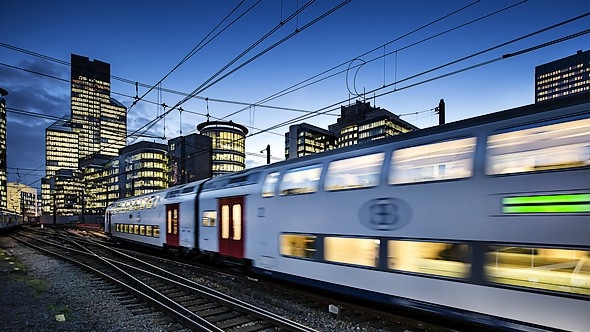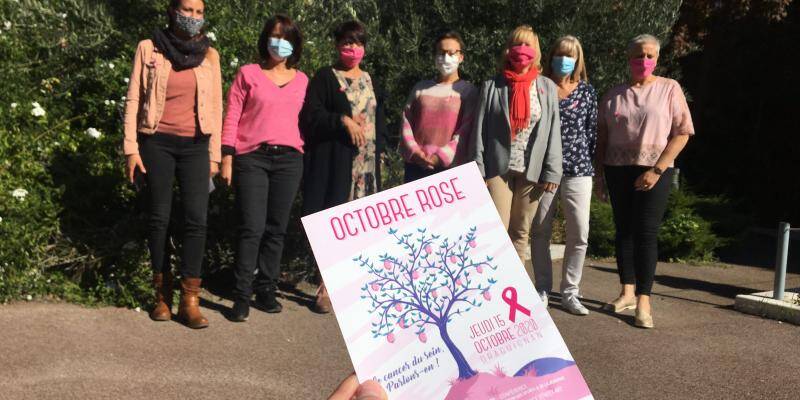Now that all students have started again and we are working in the office more often, it is not always possible to keep a distance and a half on the trains. Many travelers complain about crowded wagons on social media. “We do everything possible, but we cannot keep an infinite number of carriages attached to our trains,” says the NMBS.
–
Despite the mouth mask obligation and the appeal to travelers to spread themselves as much as possible over the carriages, there is quite a lot of complaints on social media that travelers are often crammed together in the aisles. Especially at busy student commutes. This is one of the reasons why the De Croo government may make teleworking compulsory again from Friday. Because the problem does not only arise on trains, some buses and trams are also too full at peak times.
“Nevertheless, we do what we can to ensure that everything is corona-proof,” says Bart Crols of the NMBS. ” As announced in the summer, our trains will run with a maximum composition. We cannot connect more wagons to a train. That is not technically possible. But it is also not possible for safety reasons because otherwise the lowest wagons would no longer stop at the platform. ”
The NMBS says there are still far fewer travelers on the trains than before the corona crisis and asks commuters to check the MoveSafe app to check in advance how busy it is on the train they want to take. “This is a shared responsibility. We provide a maximum number of wagons and provide technical support through our app. But we also urge travelers to avoid rush hours and to take a train earlier or later at busy times if possible. ”
Also on tram, bus and metro
It is sometimes too busy not only on trains. The Brussels trams, buses and metros are also packed during the morning and evening rush hours. “Using extra cars on busy lines or at peak times is not possible because they are already running at full capacity,” says STIB.
In addition to its own buses, De Lijn will also be deploying 185 private buses in Flanders from Wednesday. They will mainly drive at times when many students go to school or return home. They ride behind a De Lijn bus and therefore follow the same route, with the same stops. “Only when De Lijn’s bus is largely full, travelers can get on the private bus,” says Karen Van der Sype of De Lijn.
– .


